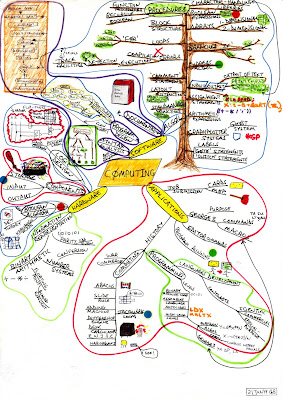(Or, as one manager insisted on putting it: “The buck ends here”. Oh dear! Let’s move on...)
Still musing on Seth Godin’s superb piece
The posture of a communicator, I was reminded of the “parting shot” printed on the old Job Instruction Cards issued in the United States during the Second World War by the Training Within Industry Service (TWI):

Well, as everybody knows, we’ve “come a long way” since then. In some respects, industrial production and personnel management have changed almost beyond recognition – while other more subtle aspects are also ripe for reassessment in an age when the “wired” (but “wireless”?) hybrid consumer is not only your customer but also your valued employee. (Seth Godin also shares a helpful perspective along these lines in a recent post entitled
Marketing HR.) But that little Job Instruction Card managed to encapsulate the essence of good instructional practice, and its timeless principles are still – literally – instructive much further afield.
If you’re interested in “learning” more about TWI (past and present),
here is quite a good place to start.
And thanks again, Seth, for giving the discussion on this vital topic such a memorable kick-start!










